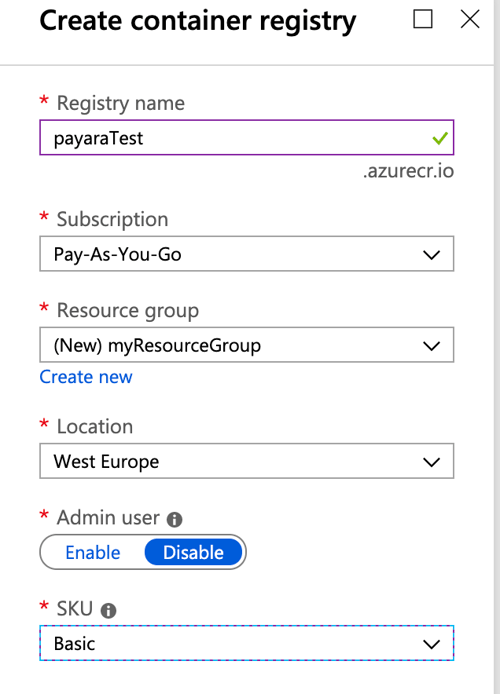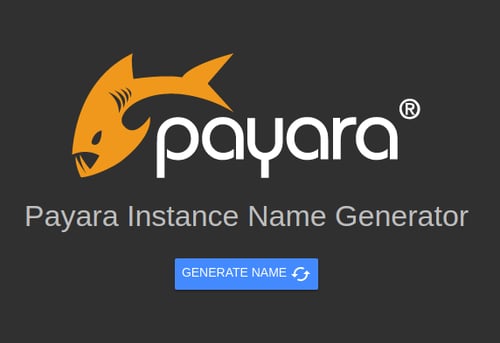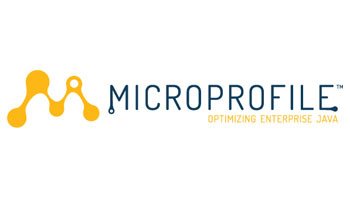Archive from June 2019
Eclipse MicroProfile Fault Tolerance 2.0
Published on 27 Jun 2019
by Jan Bernitt
Topics:
MicroProfile,
Payara Platform
|
0 Comments
Tips for Building Cloud-Native Applications
Published on 25 Jun 2019
by Ondro Mihályi
Topics:
Cloud,
Payara Platform
|
0 Comments
An increasing number of organisations have moved, or are planning to move, to cloud-based hosting and are developing their applications to run in the cloud. However, once it's decided that your next application is going to run in the cloud, there are still a lot of architectural choices ahead of you. Besides obvious benefits like cost reduction, scalability and easier administration, cloud environments bring their own disadvantages and potential risks. In this blog, I'll share with you some tips on how to take care of the most important disadvantages and risks when you decide to build your applications for the cloud.
We will look at the various options for running your application:
5 Tips for Choosing the Cloud Provider That’s Right for Your Payara Plaform Projects
Published on 20 Jun 2019
by Ondro Mihályi
Topics:
Cloud,
Payara Platform
|
0 Comments
Whilst cost is an important consideration when choosing a cloud provider, there are other things that you need to take into consideration before making your decision. To help, here are the top 5 tips for choosing the right cloud provider for projects based on Payara Server or Payara Micro and your business needs.
Deploy Docker Containers On Azure
Published on 18 Jun 2019
by Rudy De Busscher
Topics:
Docker,
Microsoft Azure,
Payara Platform
|
1 Comment
Several Cloud Providers have the possibility to run your Payara Platform Docker Images on their infrastructure. In this blog, I will describe to you how you can run your application on Microsoft Azure using a Docker Container. All the steps required to perform this are described using the Azure Portal (web-based application) and the Azure Command line.
What Is Kubernetes and How Does It Relate to Docker?
Published on 14 Jun 2019
by Matthew Gill
Topics:
Payara Micro,
Docker,
Kubernetes
|
0 Comments
Kubernetes is most commonly used with Docker managed containers, although it doesn't strictly depend on it. Kubernetes defines a Container Runtime Interface (CRI) that container platforms must implement in order to be compatible. These implementations are colloquially known as "shims". This makes Kubernetes platform agnostic so that instead of Docker you're free to use other platforms with corresponding shims, such as CRI-O or KataContainers.
Announcing the Release of Eclipse MicroProfile 3.0
Published on 11 Jun 2019
by Debbie Hoffman
Topics:
Payara Micro,
MicroProfile,
Payara Platform 5
|
0 Comments
HK2: The Hundred Kilobyte Kernel
Published on 06 Jun 2019
by Jonathan Coustick
Topics:
Payara Platform,
HK2
|
1 Comment
HK2 is a rather old dependency injection (DI) framework and is used as the core of Payara Server. Created in 2007 by Kohsuke Kawaguchi (who is also the creator of the Hudson project, now Jenkins) at Sun Microsystems, it followed JSR 330 closely, which was the JSR that introduced the @Inject, @Named and @Qualifier annotations, the very annotations which are also heavily used in CDI.
What's New in Payara Platform 5.192 - Docker Nodes
Published on 04 Jun 2019
by Andrew Pielage
Topics:
Docker,
Payara Platform 5
|
0 Comments
Payara Teamは初めてとなる日本全国ツアーを行いました
Published on 04 Jun 2019
by Kenji Hasunuma
Topics:
Japanese language,
Japan tour
|
0 Comments
The Payara Monthly Roundup for May 2019
Published on 03 Jun 2019
by Jadon Ortlepp
Topics:
JakartaEE,
news and events
|
0 Comments
This was a big month for the Payara Team. We just released Payara Platform 5.192, we toured all across Japan and there has been plenty going on in the Java world with the announcement by the Eclipse Foundation regarding the continued use of the javax namespace.






.jpg?width=500&name=1045098_5242_3%20(1).jpg)


